Nebraska’s wide-open prairies and hidden natural wonders once offered peaceful retreats far from crowded tourist traps. For years, locals and adventurous travelers enjoyed solitary hikes, starry nights, and unspoiled landscapes without fighting for parking or making reservations months ahead.
But as word spread about these quiet escapes, tourism boomed, bringing crowds, noise, and challenges that changed these special places forever.
1. Increased Crowding At Natural Wonders
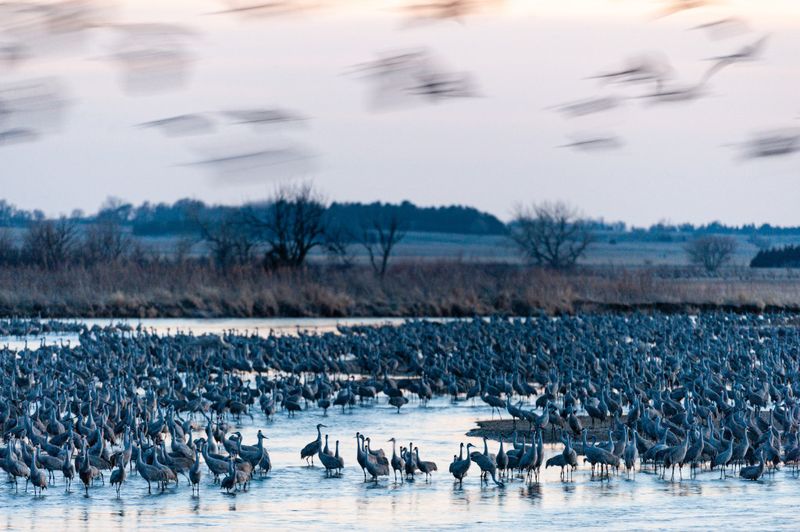
Picture arriving at sunrise to watch thousands of cranes, only to find hundreds of other visitors already there. Popular spots like the Sandhills during crane migration and Toadstool Geologic Park now see massive crowds during peak seasons.
Lake McConaughy’s beaches fill with weekend warriors every summer. The peaceful solitude that once defined these areas has vanished under the weight of tour buses and packed parking lots.
What was once a personal encounter with nature now feels more like attending a crowded concert than experiencing wilderness.
2. Solitude Loss On Scenic Byways
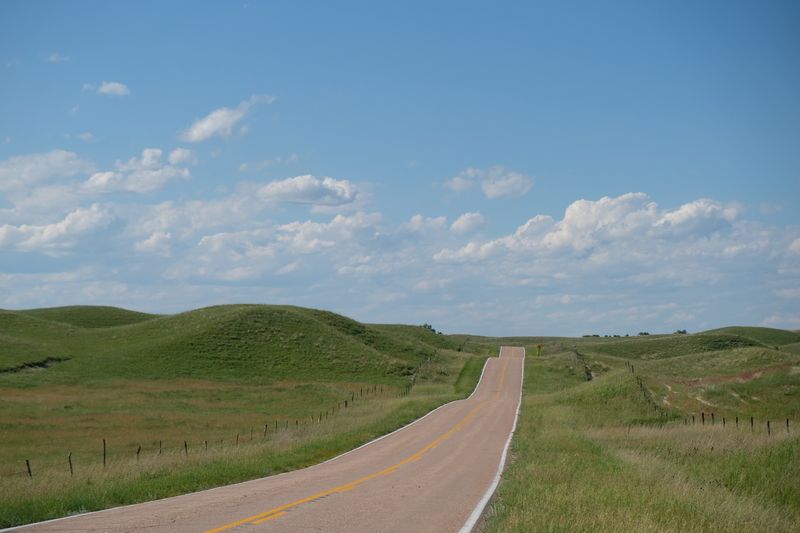
Highway 2 through the Sandhills used to be one of America’s loneliest roads. Drivers could travel for miles seeing nothing but rolling grasslands and maybe one or two other vehicles.
Now, large RVs and tour buses clog these narrow routes, especially during summer months. The magic of driving through endless open spaces gets lost when you’re stuck behind a slow-moving convoy.
Passing becomes dangerous, and the peaceful rhythm of a solitary drive disappears completely. Those wide-open spaces don’t feel quite so open anymore.
3. Strain On Limited Rural Infrastructure
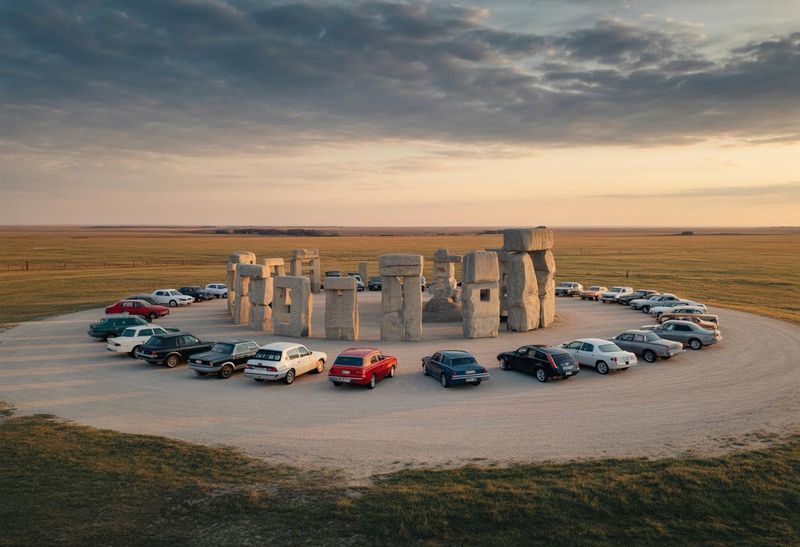
Small Nebraska towns weren’t built to handle thousands of visitors. Places with populations under five hundred suddenly see their streets jammed with out-of-state license plates and nowhere for everyone to park.
Trash bins overflow faster than local services can empty them. Public restrooms become overwhelmed, and sewage systems strain under unexpected demand.
Local residents watch their peaceful communities transform into chaotic scenes every weekend. The charm that attracted tourists in the first place gets buried under the very problems those visitors create.
4. Environmental Degradation And Habitat Disturbance
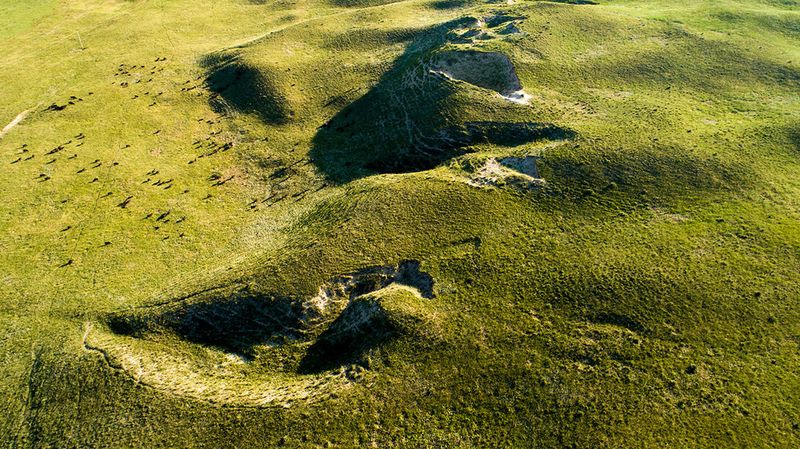
Fragile prairie ecosystems can’t handle constant trampling. When hundreds of feet wander off marked trails at places like the Sandhills, the delicate soil structure breaks down quickly.
Rare plants get crushed, and wetlands critical for migrating birds suffer from disturbance. Litter accumulates in areas that lack regular cleanup crews.
Wildlife abandons nesting sites when human activity becomes too frequent. The very beauty that draws people to these places slowly disappears because too many visitors love them carelessly, leaving scars that take years to heal.
5. Loss Of Untouched Campsites And Lodging

Remember when you could decide Friday afternoon to escape for the weekend? Those days are gone at popular spots like Fort Robinson State Park and Niobrara State Park.
Campsites and cabins now require reservations made months in advance. Spontaneous getaways become impossible when every decent spot gets claimed by travelers planning far ahead.
Even midweek openings disappear quickly during summer. The freedom to wander and find a quiet place to pitch your tent has been replaced by rigid booking systems and waiting lists that feel more stressful than relaxing.
6. Commodification Of Local Culture

“Tanking” down the Niobrara River started as a quirky local tradition using actual cattle water tanks. Now it’s a branded tourist experience with professional outfitters charging premium prices.
Small-town diners that once served homestyle meals to ranchers now offer “authentic prairie cuisine” at doubled prices. Gift shops replace hardware stores on main streets.
Everything gets packaged and polished for visitor consumption. The genuine, unscripted charm that made these experiences special gets traded for tourist-friendly convenience, leaving locals feeling like performers in their own communities.
7. Increased Pressure On Local Resources
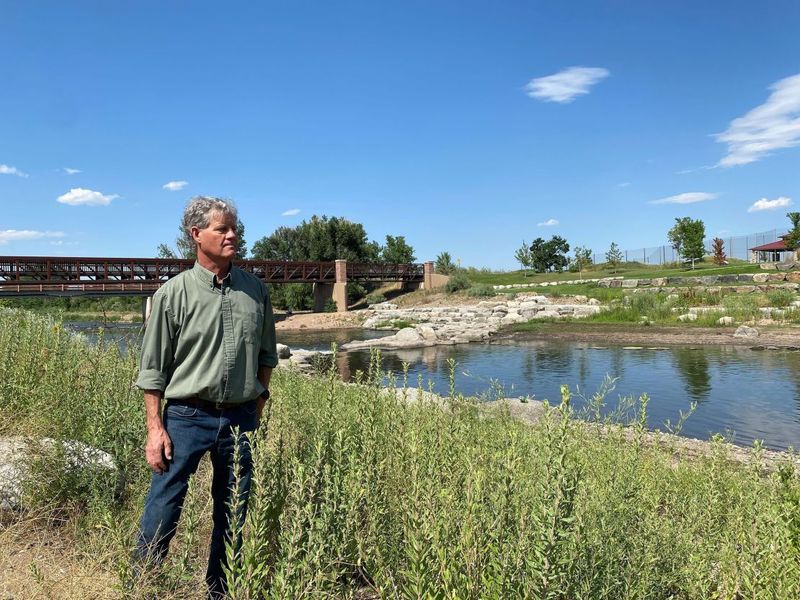
Nebraska faces serious drought conditions in many regions. When tourists flood into small communities, they consume precious water supplies that locals carefully conserve.
RVs need filling, showers run constantly at campgrounds, and hotel pools stay topped off. Grocery stores in tiny towns run out of basics when visitors stock up for camping trips.
Prices creep upward as demand increases, making everyday necessities more expensive for year-round residents. The people who actually live in these communities end up competing for their own resources with temporary visitors.
8. The Rise Of Noise And Light Pollution
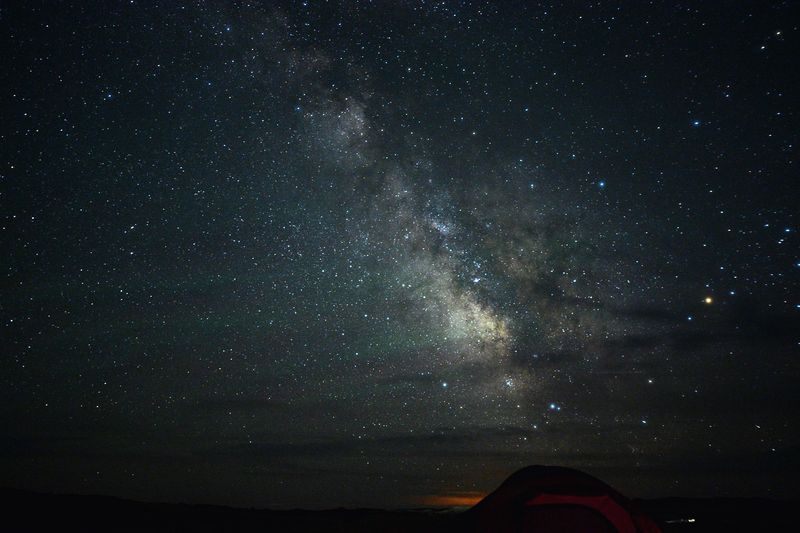
Merritt Reservoir earned fame as one of America’s darkest places for stargazing. Astronomers traveled hundreds of miles to experience truly black skies filled with countless stars.
But increased camping means more generators humming through the night, more headlights sweeping across the darkness, and more campfires lighting up previously pitch-black shores.
The Milky Way becomes harder to see through the artificial glow. Peaceful silence gets shattered by music, conversations, and vehicle engines. What made these remote spots special—the profound quiet and darkness, gradually fades with each new arrival.
9. Loss Of Local Secrets
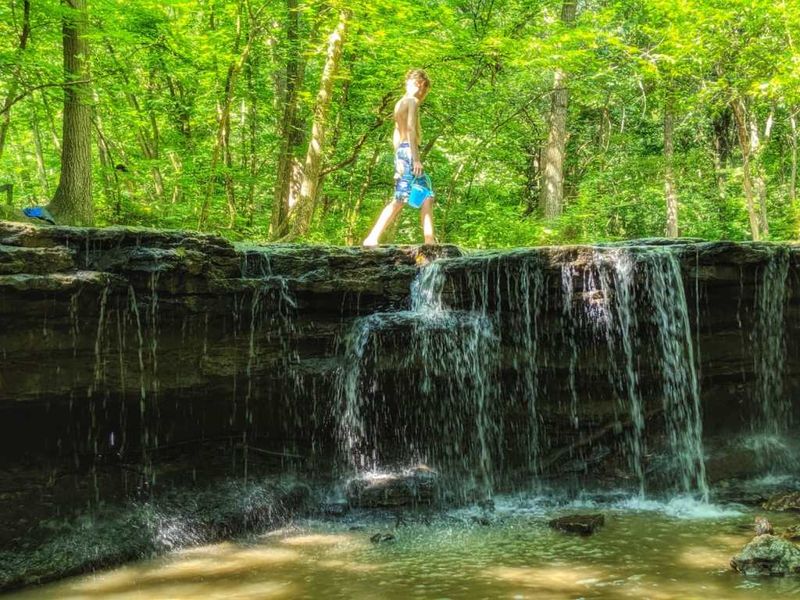
Every community has its special places known only to locals. A perfect fishing hole, an unmarked trail with stunning views, or a quirky roadside sculpture that never appeared in guidebooks.
Social media changed everything. One viral post transforms a quiet secret into a must-see destination overnight.
Suddenly, that peaceful spot where you spent childhood summers becomes overrun with selfie-seekers and travel bloggers. The exclusivity and personal connection to these hidden gems vanish when everyone knows about them. Sometimes the best places are the ones nobody talks about publicly.
10. Behavioral Conflicts
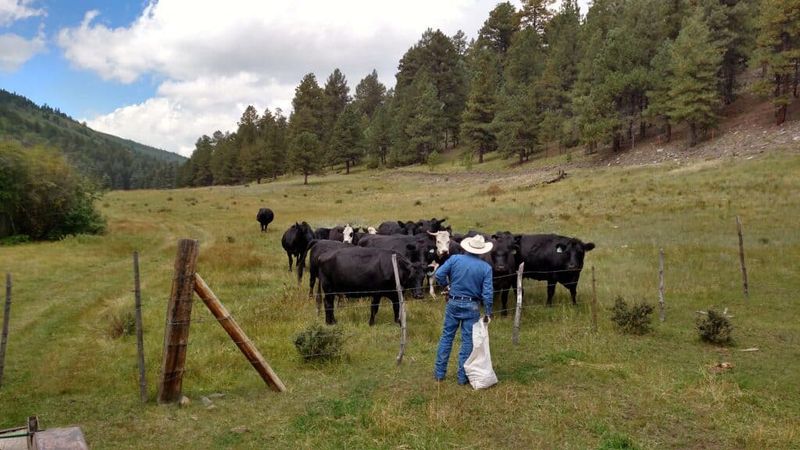
Ranching culture follows unwritten rules that outsiders often don’t understand. Leaving gates open might seem harmless, but it lets livestock escape and causes real problems for working ranches.
Tourists wander onto private property thinking open land means public access. They disturb cattle, drive on fragile grasslands, and sometimes even damage fences.
Most don’t mean harm, they simply don’t know better. But frustration builds among local ranching families who deal with trespassing and careless behavior regularly. Respect for agricultural land and rural customs gets lost in translation between visitors and residents.
11. Disruption Of Wildlife Migration Patterns

Wildlife needs predictable, quiet spaces to rest during migration. When too many eager photographers crowd viewing areas, animals become stressed and abandon traditional stopover sites.
Cranes that once reliably returned to certain roosting spots now avoid areas with heavy human presence. Drones buzzing overhead scare birds into premature flight, wasting crucial energy reserves.
Well-meaning visitors who get too close for the perfect photo actually harm the creatures they came to admire. Over time, migration routes may shift away from Nebraska entirely if disturbance continues, robbing future generations of these spectacular natural events.
12. Seasonal Economy Dependency Creates Instability

When tourism becomes a town’s primary income source, local economies become dangerously unstable. Businesses thrive three months yearly, then struggle through long, quiet winters.
Year-round residents find fewer job opportunities outside tourist season. Young people leave for cities with stable employment, hollowing out communities despite summer crowds.
Shops and restaurants close permanently when one bad season hits. The economic boom-and-bust cycle replaces the steady, sustainable livelihoods that ranching and agriculture once provided. Communities lose their authentic identity, becoming dependent on outsiders rather than self-sufficient.
Dear Reader: This page may contain affiliate links which may earn a commission if you click through and make a purchase. Our independent journalism is not influenced by any advertiser or commercial initiative unless it is clearly marked as sponsored content. As travel products change, please be sure to reconfirm all details and stay up to date with current events to ensure a safe and successful trip.